West Virginia’s tourist landscape includes several establishments that trigger these warning signals.
Want to maximize your Mountain State adventure while minimizing buyer’s remorse?
These particular destinations demonstrate why thorough research beats spontaneous attraction visits every single time.
1. Mystery Hole, Ansted
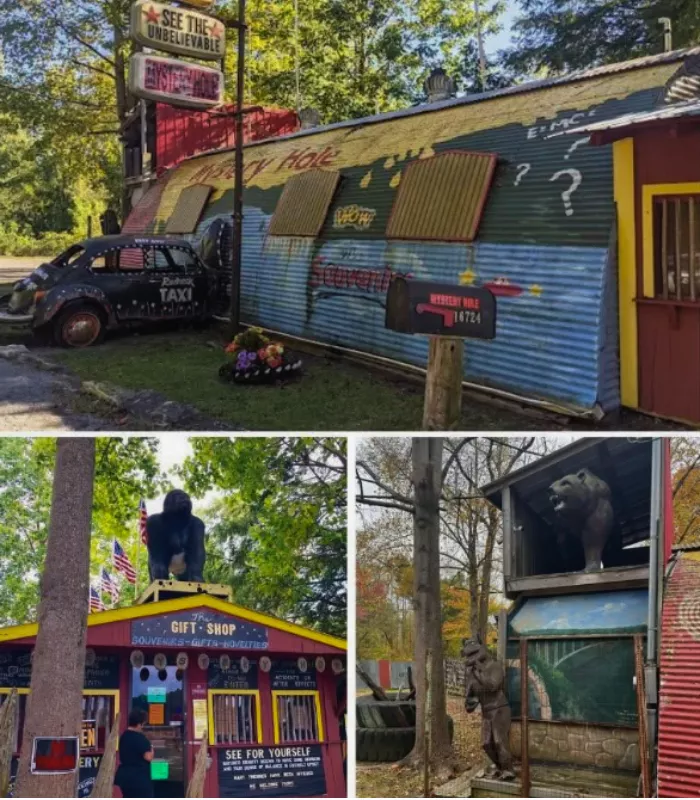
This roadside attraction bills itself as one of West Virginia’s most mysterious places.
Visitors pay around $18 for adults to walk through a slanted room that creates optical illusions.
The tour lasts only 10-15 minutes and takes place in a single tilted building.
Many guests report feeling dizzy and unimpressed by the simple gravity-defying tricks.
Cell phones aren’t allowed inside, so visitors can’t capture photos or videos to share.
Staff members have been criticized for rude customer service and inflexible policies.
2. Congressional Bunker at The Greenbrier, White Sulphur Springs
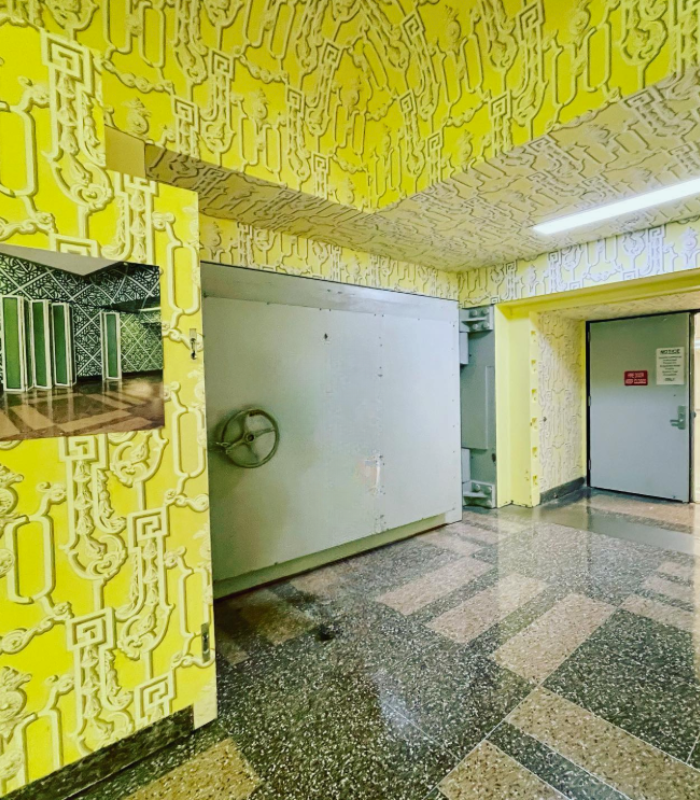
This Cold War-era bunker beneath the luxury Greenbrier Resort charges $52 per adult for a 90-minute tour.
The facility was built in secret during the 1950s as a congressional hideout during nuclear attacks.
While historically significant, many visitors find the tour overpriced for what amounts to looking at empty rooms and concrete walls.
The bunker contains basic furnishings like bunk beds and cafeteria tables.
Private tours cost over $1,200 for groups, making it one of the most expensive tourist activities in West Virginia.
The steep pricing doesn’t match the limited interactive elements or entertainment value.
3. Hillbilly Hot Dogs, Lesage, West Virginia
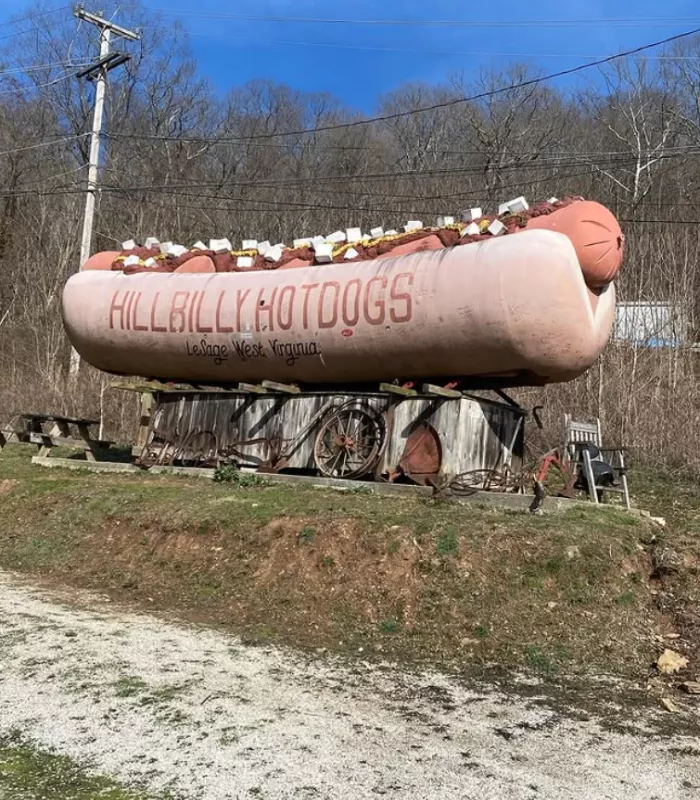
Located along the Ohio River, this quirky restaurant attracts visitors with its junkyard aesthetic and oversized hot dogs.
The famous HomeWrecker hot dog weighs one pound and costs around $15.
Many customers report that the food quality doesn’t justify the high prices charged for basic hot dogs.
The novelty wears off quickly once you realize you’re paying premium prices for ordinary fare.
The restaurant’s gimmicky atmosphere includes dining in an old school bus and getting married in their wedding chapel.
However, the food itself receives mixed reviews for taste and value.
4. Farnham Colossi (Fantasy Farm), Unger, West Virginia
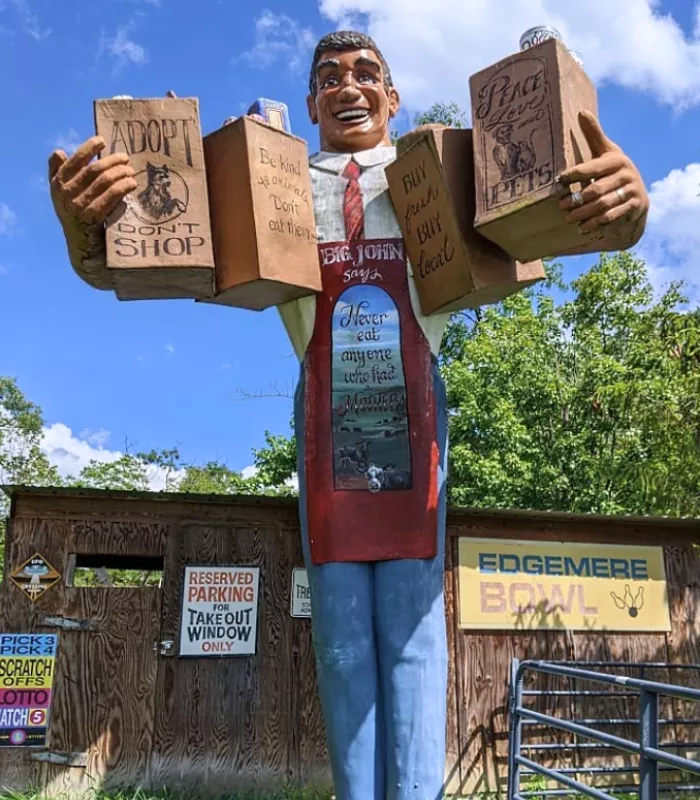
This private property displays over 20 giant fiberglass statues collected by the Farnham family since the 1980s.
The collection includes Muffler Men, Big John grocery clerks, and other roadside advertising figures.
While quirky and unique, the attraction is simply a residential yard filled with aging fiberglass sculptures.
There’s no admission fee, but there’s also no formal tour or educational component.
Visitors often feel disappointed after driving out of their way to see what amounts to someone’s unusual lawn ornaments.
The statues show wear from decades of weather exposure.
Why It’s On This List: Though free to view, it’s located on private property in a remote area, requiring a significant detour to see a collection that takes only minutes to appreciate fully.
5. Hollywood Casino at Charles Town Races, Charles Town, West Virginia

This casino and horse racing facility attracts visitors hoping for entertainment and potential winnings.
The venue combines live horse racing with slot machines and table games.
Many patrons complain about the casino’s outdated slot machines and limited gaming options compared to larger casinos in neighboring states. The horse racing schedule is limited to certain seasons.
The facility lacks the amenities and excitement of major casino destinations.
Food options are basic and overpriced, while the overall atmosphere feels dated and uninspiring.
Why It’s On This List: Visitors expecting a full casino experience find limited gaming options, poor food quality, and an overall atmosphere that feels more like a rundown racetrack than an entertainment destination.
6. Trans-Allegheny Lunatic Asylum, Weston, West Virginia
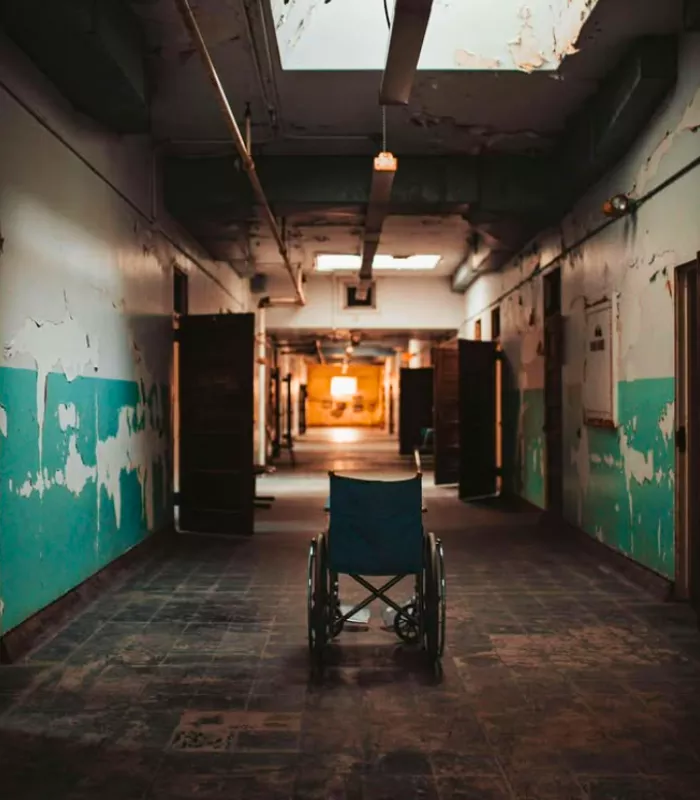
This massive former psychiatric hospital offers ghost tours and historical tours of its Gothic Revival architecture.
The building operated from 1864 to 1994 and once housed over 2,400 patients.
While historically significant, many visitors find the tours exploitative of mental health struggles and overly focused on supernatural claims rather than factual history.
Tour prices range from $15-75 depending on the experience.
The building’s deteriorating condition makes some areas unsafe or inaccessible. Ghost tour guides often embellish stories with unverified paranormal claims rather than focusing on documented history.
7. Beckley Exhibition Coal Mine, Beckley, West Virginia
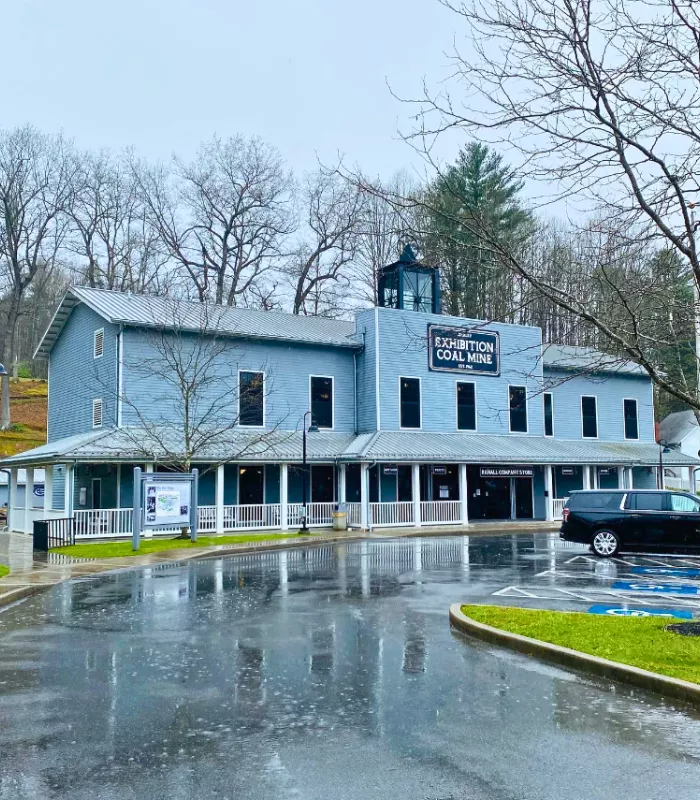
This underground coal mine offers tours in vintage mine cars through actual mining tunnels.
The facility aims to educate visitors about West Virginia’s coal mining heritage.
However, many tourists find the experience claustrophobic and overly long for the educational content provided.
The underground tour lasts about 30 minutes in cramped conditions.
The museum portion above ground feels dated with limited interactive exhibits. Admission prices seem high considering the brief underground experience and basic surface displays.
Why It’s On This List: Visitors pay substantial fees to ride through dark, cramped tunnels for a half-hour experience that many find uncomfortable rather than enlightening.
8. Cass Scenic Railroad, Cass, West Virginia
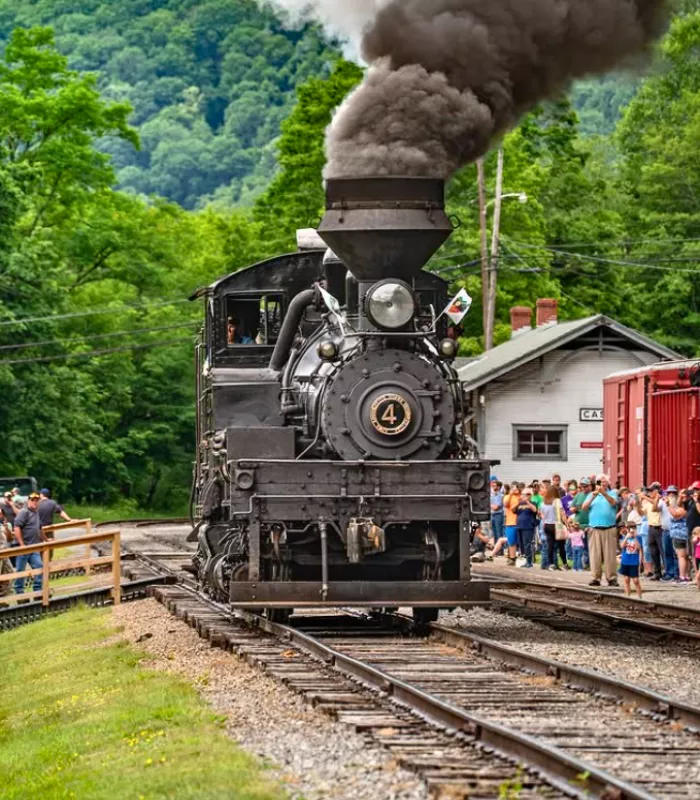
This heritage railroad operates steam locomotives through the mountains of West Virginia. The trains follow historic logging routes to reach scenic viewpoints.
Many passengers complain about uncomfortable seating, slow speeds, and limited views during much of the journey. The round-trip excursions can last 4-8 hours depending on the destination.
Ticket prices are expensive for what amounts to a slow train ride through forested areas. The locomotives burn coal, creating smoke that bothers some passengers throughout the journey.
Why It’s On This List: High ticket prices for extremely long, slow train rides with uncomfortable seating and limited scenic payoff for the time and money invested.
9. Blennerhassett Island Historical State Park, Parkersburg, West Virginia
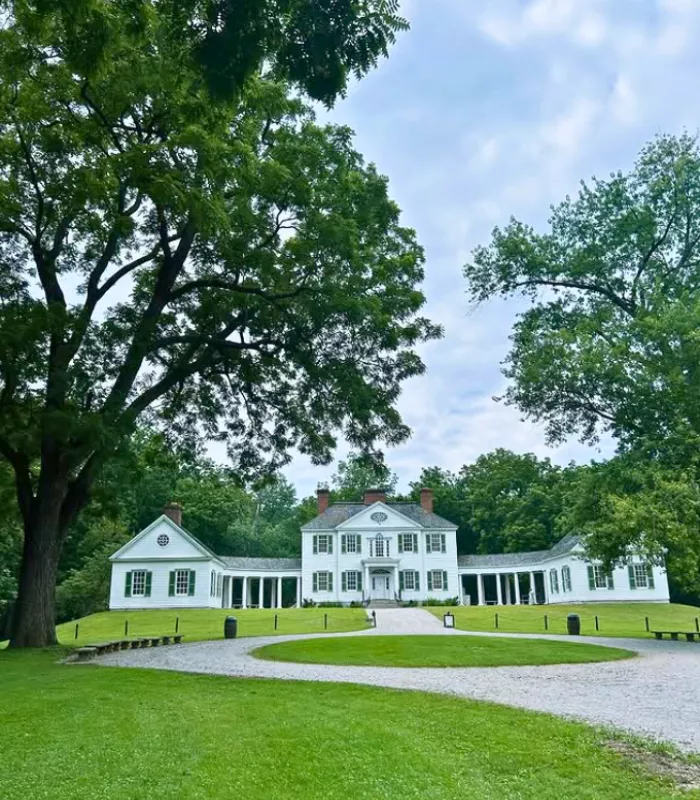
This Ohio River island requires a sternwheeler boat ride to reach the reconstructed Blennerhassett Mansion. The island tells the story of Harman and Margaret Blennerhassett’s early 1800s estate.
Visitors must pay separate fees for the boat ride and mansion tour, making it an expensive day trip.
The island itself offers limited activities beyond the mansion and a few walking trails.
The boat schedule is weather-dependent and limited, sometimes leaving visitors stranded longer than expected. Many find the historical presentation dry and the overall experience overpriced.
Why It’s On This List: Multiple admission fees, weather-dependent boat access, and limited activities make this an expensive gamble that often disappoints visitors expecting more comprehensive entertainment.
10. Grave Creek Mound, Moundsville, West Virginia
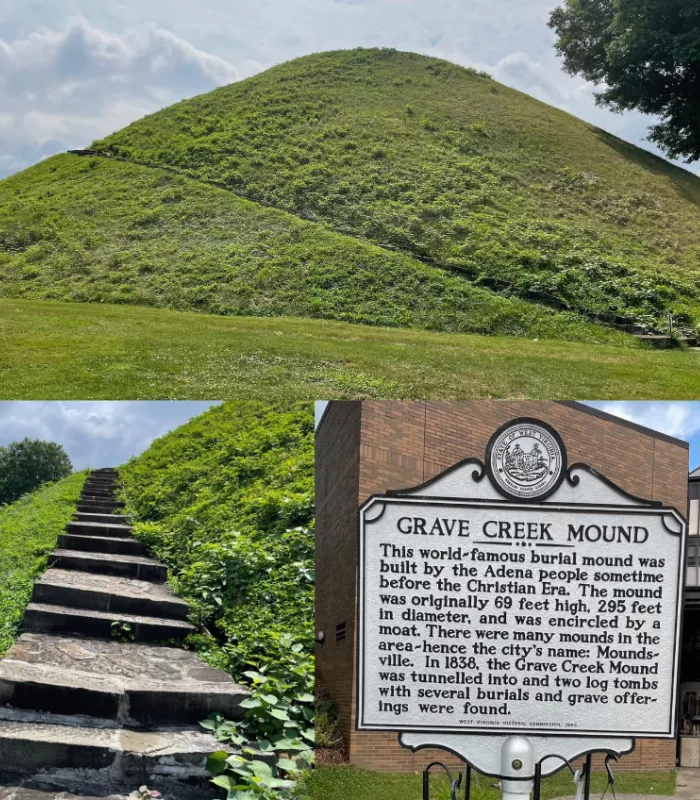
This Native American burial mound is one of the largest in the United States, built around 2,000 years ago.
The site includes a small museum explaining the mound’s archaeological significance.
However, visitors can only walk around the base of the mound rather than climbing it, limiting the experience.
The museum is small and contains relatively few artifacts.
The admission fee seems excessive for what amounts to looking at a large grass-covered hill and reading a few informational displays. The site lacks interactive elements or engaging presentations.
Why It’s On This List: Charging admission to view a mound that visitors cannot climb, combined with a minimal museum experience that provides limited educational value for the cost.
11. Mothman Museum and Statue, Point Pleasant, West Virginia
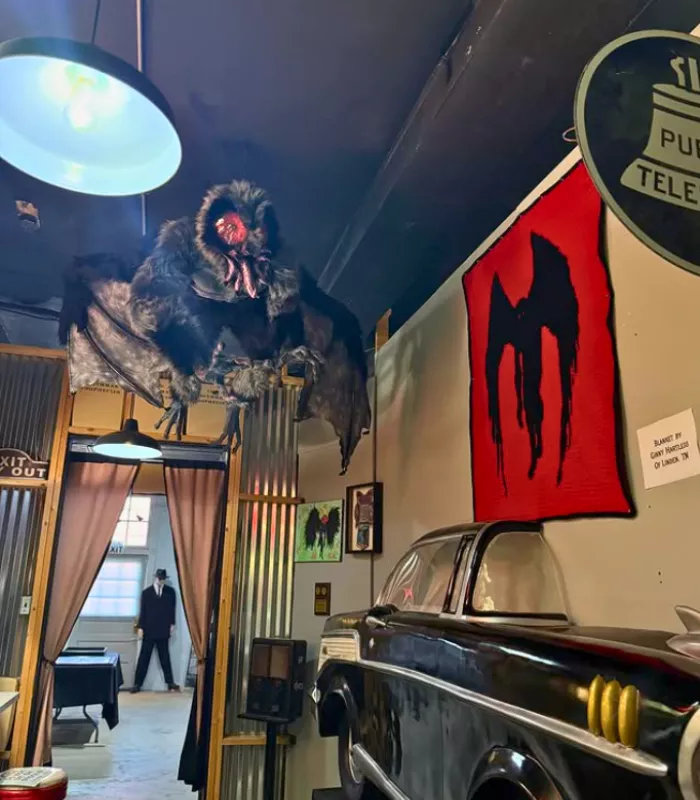
This small museum celebrates the legendary Mothman creature supposedly spotted in the 1960s. Admission costs around $3 per person to see displays about cryptid sightings and paranormal phenomena.
The museum consists of just two small rooms with basic exhibits and local newspaper clippings.
Most visitors spend only 15-20 minutes inside before feeling they’ve seen everything.
The famous Mothman statue outside is free to view and photograph. However, many tourists feel the museum charges money for what amounts to reading photocopied articles about unverified monster sightings.
Why It’s On This List: Paying admission to see a tiny collection of newspaper clippings and amateur photographs about a fictional creature that was likely just an owl.
12. Lost World Caverns, Lewisburg, West Virginia
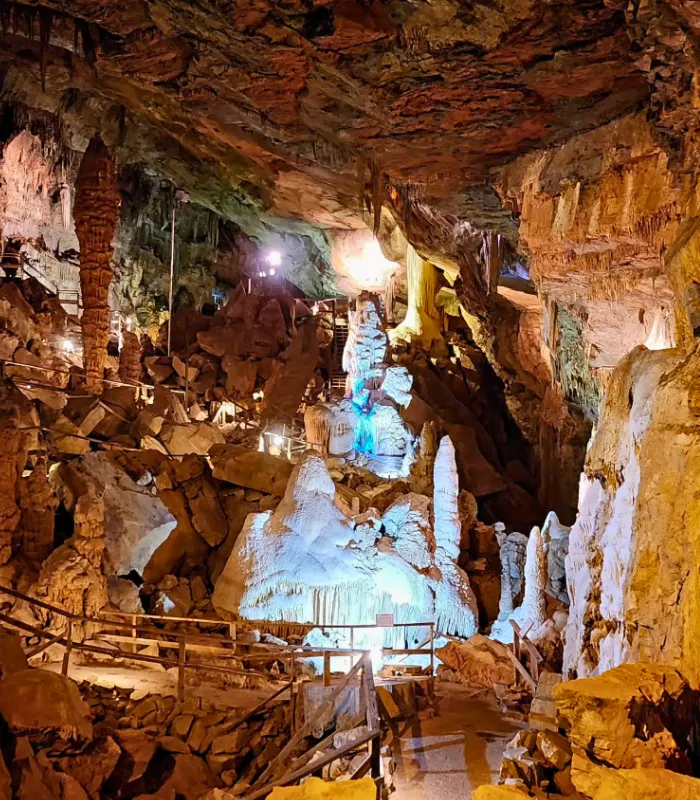
This underground cave system offers guided tours through limestone formations and flowstone features. The caverns maintain a constant 52-degree temperature year-round.
Many visitors complain about the tour being rushed and lacking detailed geological explanations. The formations, while natural, aren’t as spectacular as advertised in promotional materials.
Admission prices seem high for the 30-minute underground experience. Photography restrictions limit visitors’ ability to capture memories of their visit.
Why It’s On This List: Expensive guided tours through unremarkable cave formations with strict photo policies and hurried presentations that don’t justify the admission cost.
13. World’s Largest Teapot, Chester, West Virginia
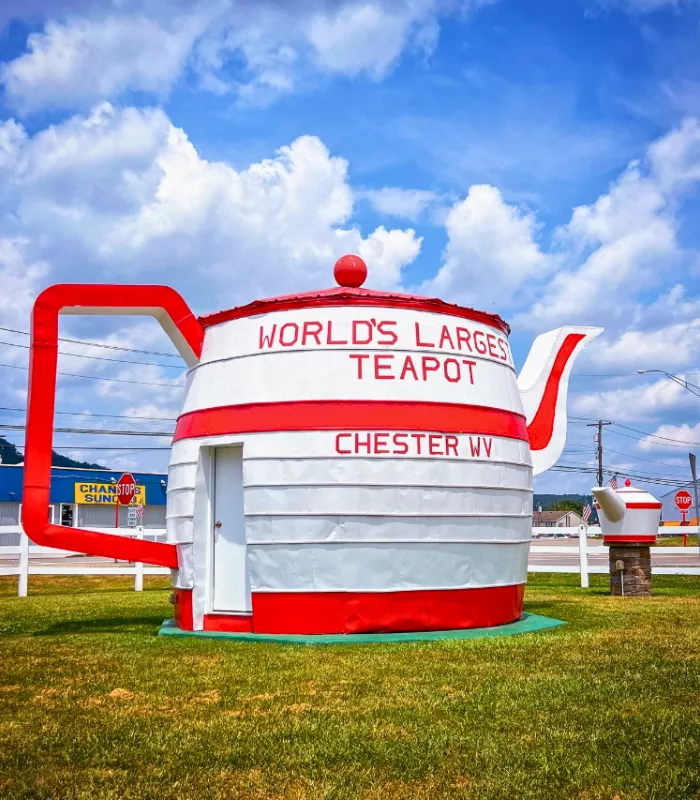
This roadside novelty is a giant teapot-shaped building that once served as a pottery advertisement.
The structure stands about 14 feet tall and was built in the 1930s.
While historically interesting, the teapot requires a significant detour for most travelers and offers nothing beyond a photo opportunity. The surrounding area is mostly industrial.
There’s no gift shop, museum, or additional attractions nearby. Visitors often feel disappointed after going out of their way for what amounts to a large metal container.
Why It’s On This List: Driving miles out of your way to see an old advertising gimmick that takes less than five minutes to appreciate fully.
14. Whipple Company Store, Fayette County, West Virginia
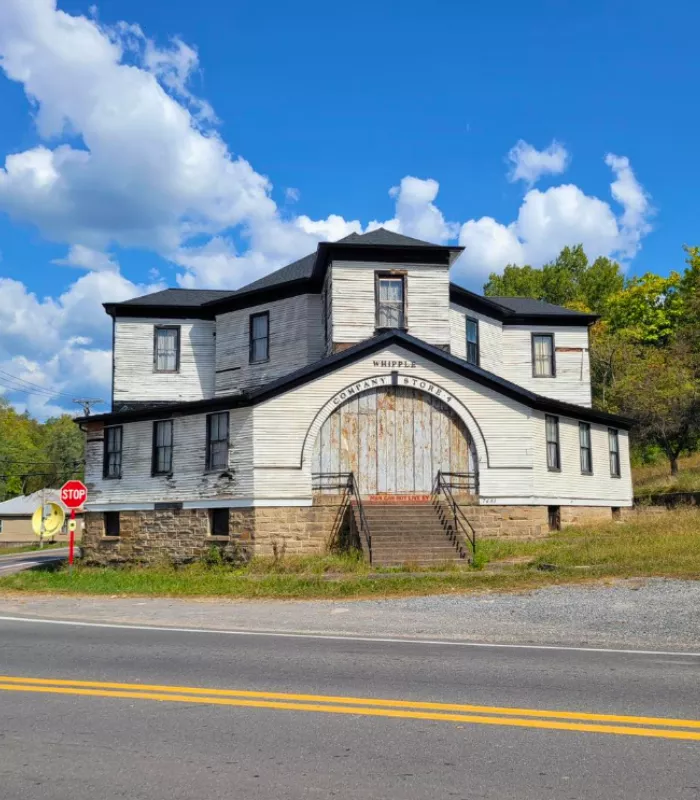
This restored coal company store offers tours of its historical interior and mining artifacts. The building dates from the early 1900s and served the local mining community.
However, many visitors find the tours overly focused on ghost stories rather than legitimate mining history.
The building’s deteriorating condition makes some areas unsafe or off-limits.
Admission fees seem excessive for what’s essentially walking through an old store building with limited interactive elements. The location is remote and difficult to reach.
Why It’s On This List: High tour prices for a run-down building where ghost stories replace factual historical education about coal mining heritage.
15. Lake Shawnee Amusement Park, Rock, West Virginia
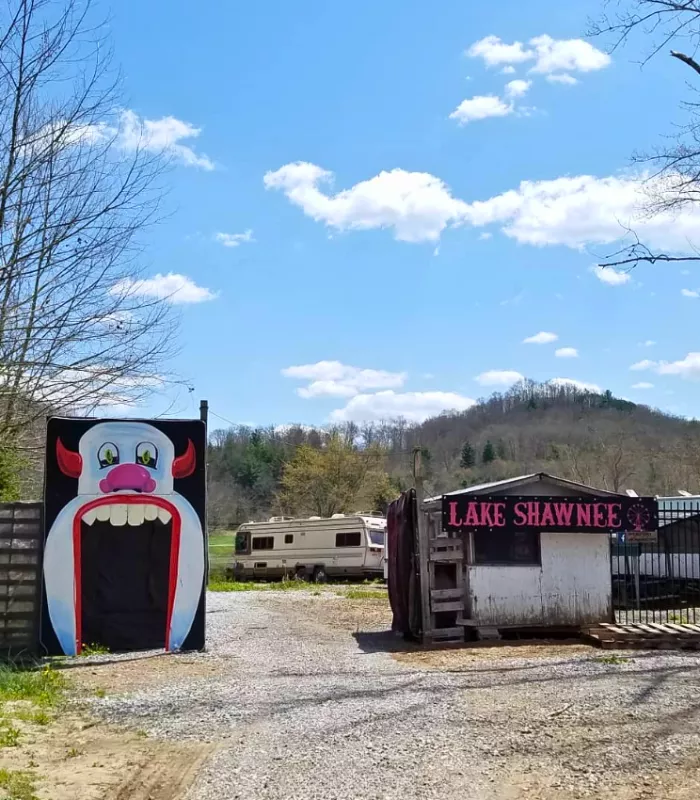
This abandoned amusement park charges admission for tours of its decaying rides and structures.
The park operated from 1926-1966 before closing permanently.
Tours focus heavily on alleged paranormal activity rather than the park’s actual history or the families who operated it. Many exhibits feel exploitative of tragic accidents.
The site’s overgrown condition makes it potentially dangerous, yet tour guides encourage visitors to explore unstable structures. Admission costs seem high for viewing rusty playground equipment.
Why It’s On This List: Paying to see deteriorating carnival rides while listening to unverified ghost stories instead of learning legitimate historical facts about the former amusement park.
16. Coal House, Williamson, West Virginia
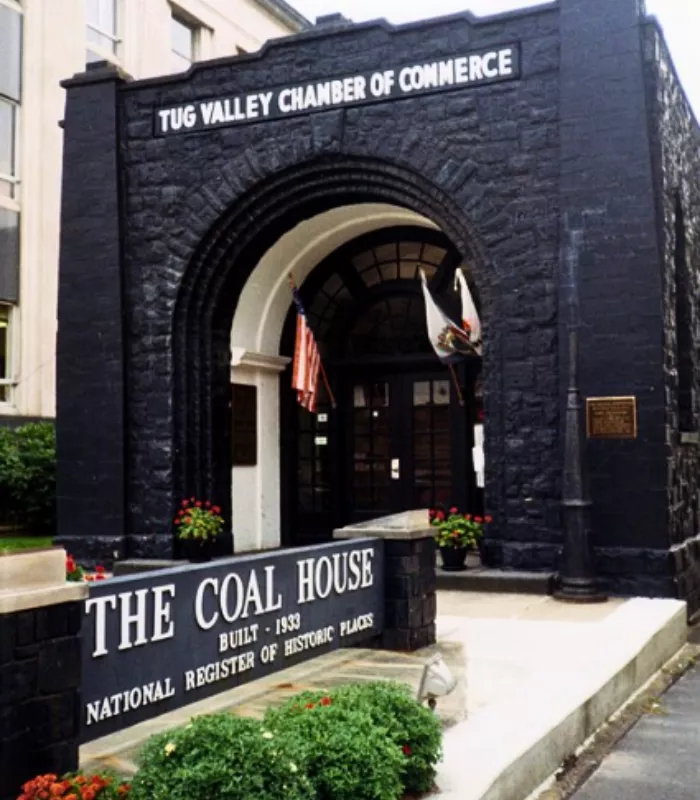
This unique building constructed entirely from coal was built in 1933 as a testament to the region’s mining heritage. The structure weighs 65 tons and contains no mortar.
While architecturally interesting, the building now serves primarily as a photo stop with no interior tours or educational programs. The surrounding downtown area offers limited additional attractions.
Visitors often feel underwhelmed by the brief experience of viewing the exterior of an unusual building. There’s no admission fee, but the location requires a special trip.
Why It’s On This List: Making a special journey to see an old coal building with no interior access, educational content, or surrounding activities to justify the visit.
17. Palace of Gold, Moundsville, West Virginia
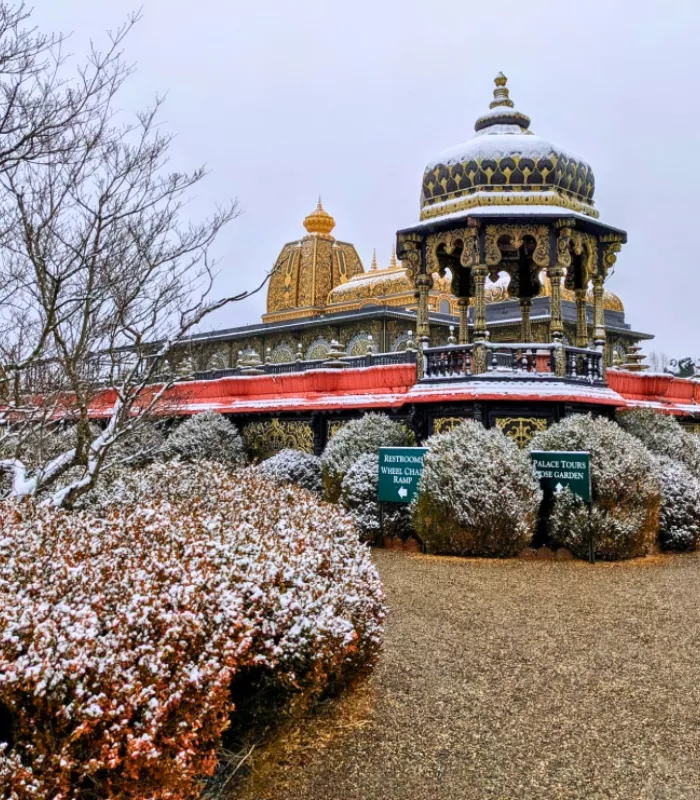
This ornate temple complex was built by the Hare Krishna movement in the 1970s and features gold leaf decorations and elaborate architecture. Tours cost around $10 per adult.
Many visitors find the experience culturally jarring and out of place in rural West Virginia.
The temple’s opulent displays contrast sharply with the surrounding poverty.
Tour guides sometimes pressure visitors to make donations beyond the admission fee. The facility’s remote location makes it inconvenient for most tourists to reach.
Why It’s On This List: Paying admission to tour an incongruously placed religious facility where guides may solicit additional donations during what should be a cultural experience.
18. West Virginia Penitentiary, Moundsville, West Virginia
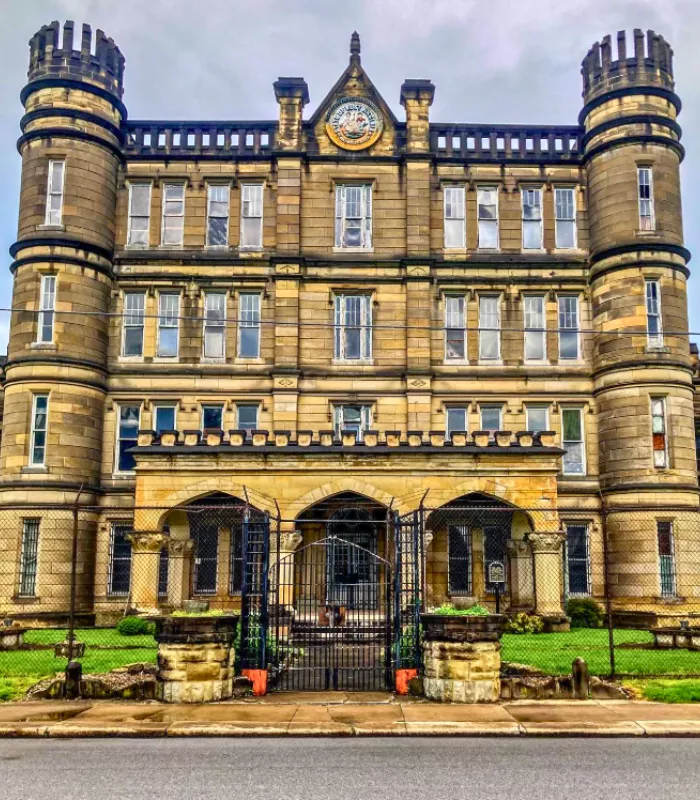
This former prison offers tours of cell blocks, the execution chamber, and other facilities from its operational period from 1875-1995. Regular tours cost around $20 per person.
While historically significant, many visitors find the tours sensationalized with excessive focus on violence and death rather than prison reform or rehabilitation efforts. The facility’s Gothic architecture is impressive.
Special overnight ghost hunting events cost significantly more but offer little beyond walking around dark prison cells.
Many find these experiences more gimmicky than educational.
Why It’s On This List: High admission fees for tours that emphasize macabre details and ghost stories rather than providing balanced historical education about the correctional system.
19. Our Lady of the Pines Church, Preston County, West Virginia
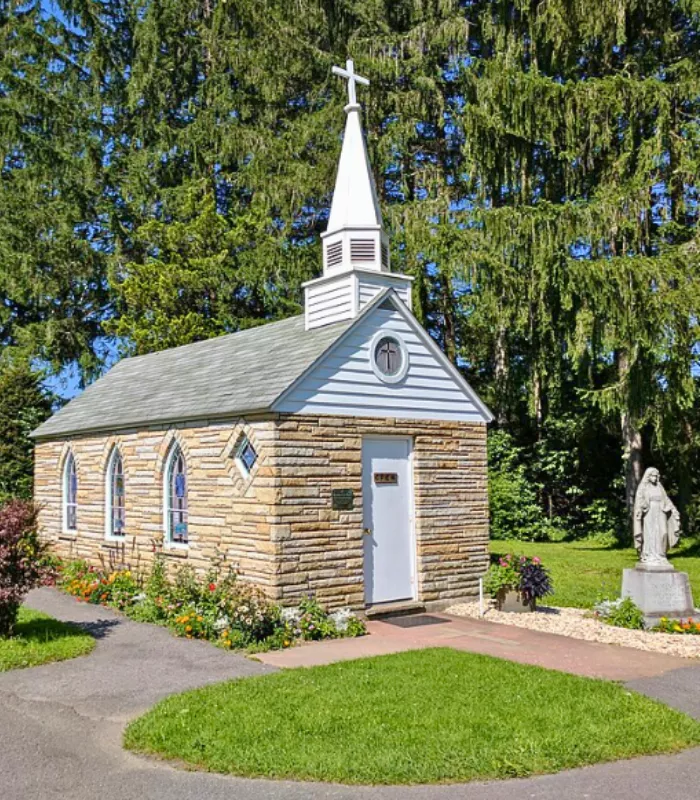
This tiny church claims to be the smallest in the continental United States, measuring just 24 by 12 feet. The building seats only 12 people at maximum capacity.
While quaint, the church offers little beyond a quick photo opportunity. There are no regular services or historical exhibits, just a small building in a rural location.
Visitors often feel the drive to the remote location isn’t justified by the brief experience of viewing a miniature church. The surrounding area lacks additional attractions or amenities.
Why It’s On This List: Traveling to a remote location to see a very small church with no services, tours, or educational content beyond its claim to fame as being tiny.
20. Flatwoods Monster Chair, Flatwoods, West Virginia
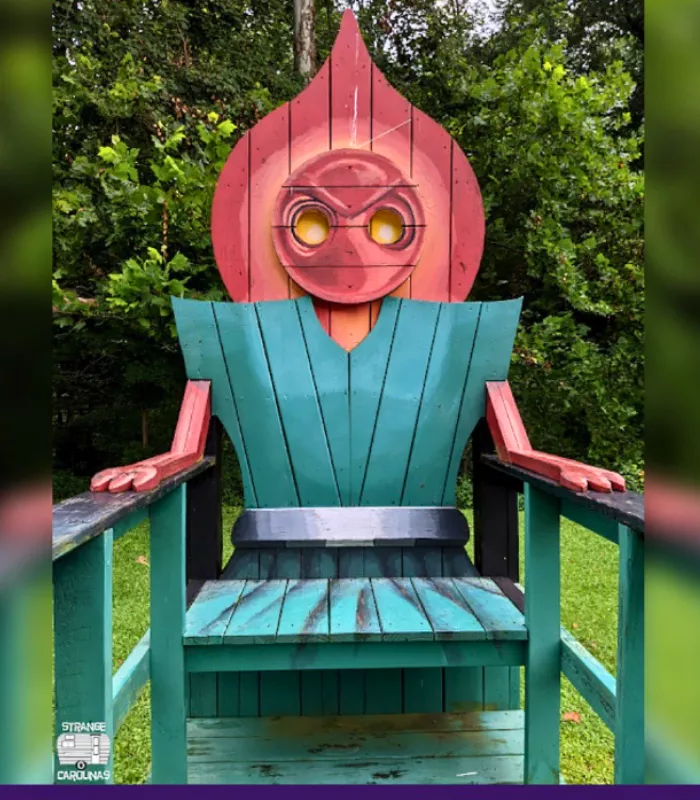
This large green metal chair commemorates the alleged 1952 Flatwoods Monster sighting. The sculpture was installed as a roadside attraction to draw curious tourists.
The chair itself offers nothing beyond a photo opportunity related to an unverified cryptid sighting.
There’s no museum, gift shop, or educational component.
Many visitors feel disappointed after making a special trip to see what amounts to an oversized lawn chair painted green. The location lacks any other significant attractions nearby.
Why It’s On This List: Driving out of your way to photograph a large green chair that commemorates an alleged monster sighting with no additional entertainment or educational value.